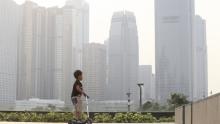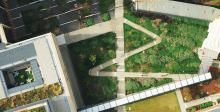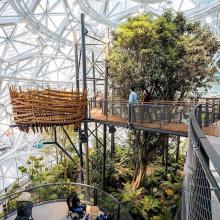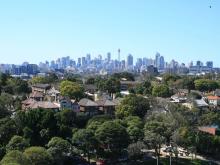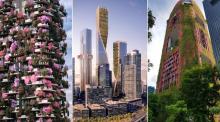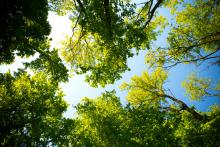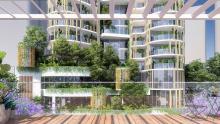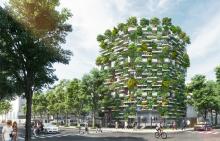There is a fresh call for groundbreaking temperature reduction targets to be set across western Sydney to tackle rising urban heat and turn stifling concrete jungles into green, liveable cities.
News
Pollution is a public health crisis that requires urgent attention in Hong Kong. For starters, the city needs more plants and must start taking advantage of the opportunities rooftops provide.
More businesses are turning to biophilic design to improve their workplace environments. This approach promises both aesthetic and productivity benefits
Leaving trees in the ground and planting new ones could help future proof new development sites against extreme heat
Milan is “going green” in a major way to fight against climate change and improve the quality of life of its 1.4 million citizens.
Densely packed high-rises are the most space efficient way to house people, but they have also been accused of creating anonymous, atomised cities. But there are more and more architects discovering that cities can grow taller without sacrificing their liveability.
The Australian Institute of Landscape Architects (SA chapter) has warned that urban temperatures are increasing due to the loss of trees, replaced by houses and increased paved surfaces creating a so-called heat-island effect.
WOHA Architects is introducing its “vertical suburb” to Western Australia in collaboration with MJA Studio on their first project in Perth, the hometown of WOHA co-founder Richard Hassell.
Vo Trong Nghia Architects' Urban Farming Office is an effort to return much-needed green space to Ho Chi Minh while demonstrating the possibility of vertical urban farming.


